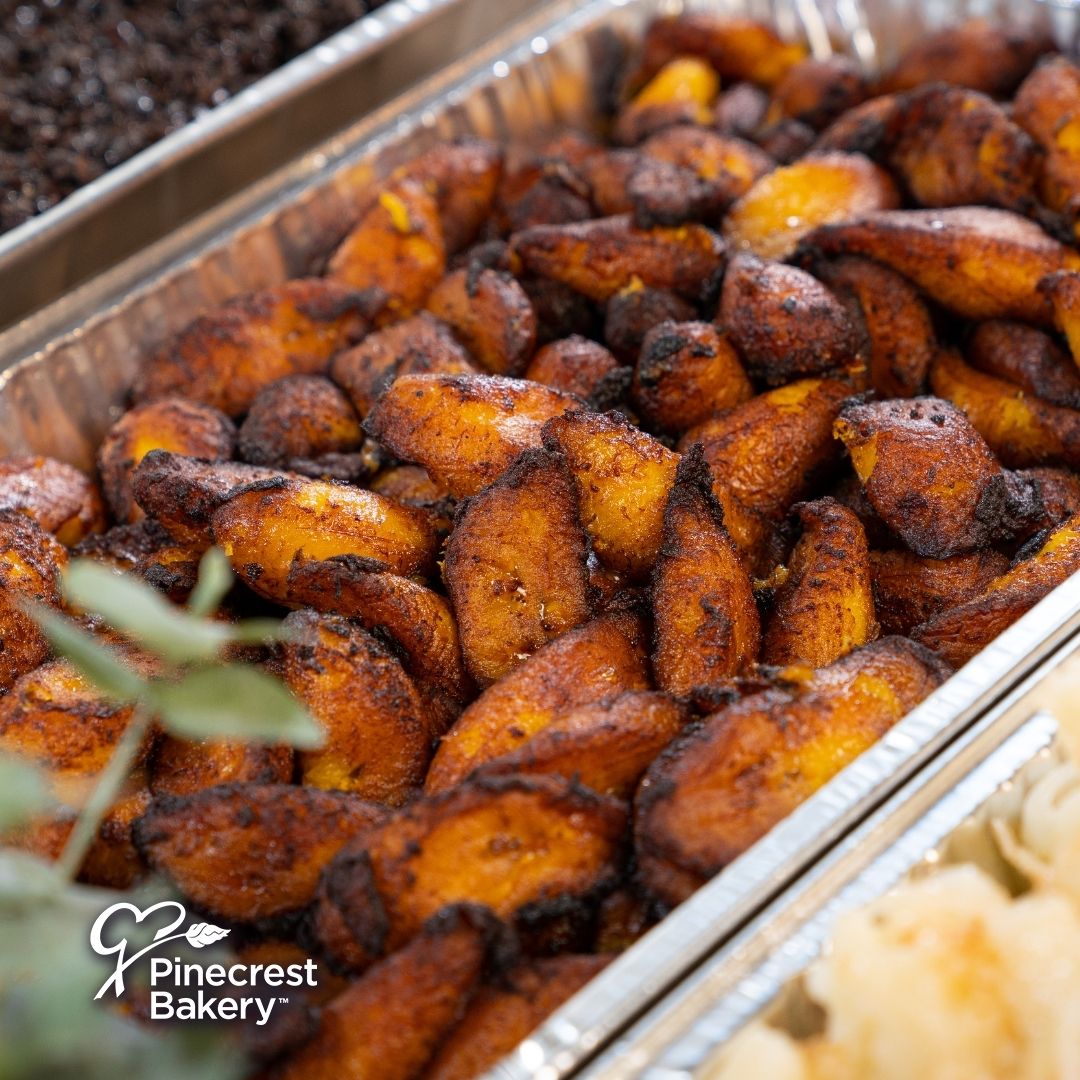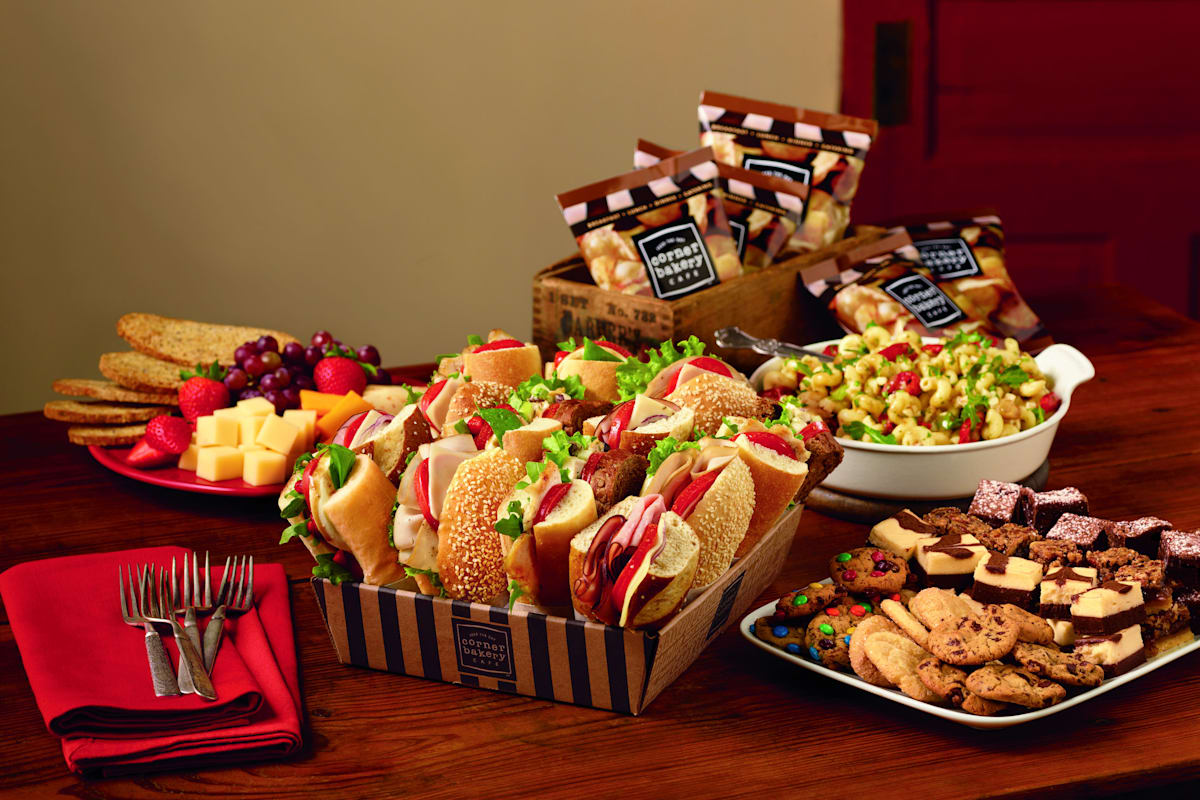Unique Birthday Party Maddington Ideas for a Memorable Occasion
Unique Birthday Party Maddington Ideas for a Memorable Occasion
Blog Article
Comprehending the Art of Pastry Shop Products: From Newly Baked Breads to Alluring Pastries and Finger Foods
From the science behind the ideal loaf of bread, where fermentation and gluten development play pivotal duties, to the skill needed for developing layered pastries, each element reveals a compelling narrative of craftsmanship. The flexibility of finger foods illustrates how taste and structure can be artfully combined to involve diverse taste preferences.
The Science of Bread Making
At the heart of every loaf of bread lies an interesting interaction of chemistry and biology. The process of bread making starts with the combination of flour, salt, yeast, and water-- each ingredient playing a vital duty in the final product.
Yeast, a living microorganism, ferments the sugars existing in the flour, generating carbon dioxide and alcohol in the procedure. The co2 gas creates bubbles in the dough, triggering it to increase and create a light texture. The temperature and humidity during fermentation significantly influence yeast activity and, as a result, the bread's taste and appearance.

Learning Pastry Strategies
How can one attain the fragile balance of appearance and flavor that defines phenomenal pastry? Understanding pastry strategies requires a deep understanding of components, approaches, and the science behind them. Essential to this craft is the selection of premium components-- flour, butter, sugar, and eggs-- each playing a crucial function in the end product's flavor and structure.
The strategy of lamination, which involves folding layers of dough and butter, produces the preferred flakiness in breads like croissants and puff bread. Precision in temperature is crucial, as butter needs to remain chilly to make sure optimum layers. Similarly, appropriate blending methods, such as the creaming method for cakes, make certain also incorporation of air and fat, resulting in a light and airy crumb.
Furthermore, preserving the ideal moisture degrees throughout cooking can significantly affect the outcome, ensuring that pastries rise appropriately and accomplish that golden-brown coating. Ultimately, the art of bread also demands persistence and technique; each effort boosts one's ability and understanding of the elaborate equilibrium called for to develop tempting pastries that delight the senses. Mastery in these techniques ultimately distinguishes an experienced pastry cook from an amateur.
Kinds Of Finger Foods
The world of culinary thrills prolongs beyond pastries to incorporate a large range of finger foods, which are celebrated for their ease and convenience. These bite-sized deals with are ideal for celebrations, offering a selection of flavors and textures that accommodate diverse palates.

On the sweeter side, mini tarts and bite-sized cupcakes provide a wonderful coating to any kind of dish, interesting those with a craving for sweets. Cheese and charcuterie boards offer as a sophisticated selection, permitting visitors to tailor their bites with a selection of meats, nuts, cheeses, and fruits.
Flavor Profiles in Baking
Cooking is a detailed dancing of flavor accounts that incorporates pleasant, mouthwatering, and umami notes to produce an unified experience for the taste. Comprehending these profiles is important for bakers seeking to boost their productions.
Sweet taste typically works as the structure in baked products, with sugars, fruits, and natural sugar improving flavor deepness. Components such as chocolate and sugar present complex sweet notes that can either control or complement various other tastes. Conversely, savory components, commonly found in breads and breads, offer equilibrium and contrast. Ingredients like flavors, cheeses, and natural herbs can transform a straightforward dough into a multifaceted flavor experience.
Umami, regularly overlooked in baking, plays a considerable duty in enriching tastes. Active ingredients such as aged cheeses, fermented products, or perhaps particular nuts add to a mouthwatering depth that improves total taste.
Furthermore, the interaction of acidity from components like buttermilk or citrus enthusiasm can brighten flavors, supplying a refreshing counterpoint to sweetness. By attentively incorporating these flavor profiles, bakers can craft items that reverberate with diverse tastes buds, producing an unforgettable culinary experience. Eventually, understanding flavor profiles is essential to advancement worldwide of cooking.
Essential Baking Tools and Components
Comprehending taste accounts in cooking sets the stage for choosing the right devices and components that assist in the production of exceptional baked products. The foundation of successful baking depend on having vital tools at hand. Secret products include mixing bowls, measuring cups, and spoons for precision, in addition to a strong stand mixer or hand mixer for easy mixing. A trustworthy collection of baking pans-- such as sheet pans, loaf frying pans, and cake frying pans-- is critical for attaining preferred shapes and textures.
In terms of ingredients, top quality matters significantly. Flour functions as the foundation of many recipes; picking the ideal type-- be it all-purpose, bread, or bread flour-- can substantially affect the outcome. Sugar not just sweetens but additionally adds to appearance, while eggs function as binders and raising agents. Cooking powder and baking soft drink are essential for producing lift in breads and cakes.
In addition, integrating taste boosters like vanilla remove, spices, and citrus passion can raise useful content your creations. By making sure accessibility to these essential devices and ingredients, bakers can confidently begin on their cooking trip, crafting a diverse array of fascinating baked items.
Conclusion
Mastery in bread making, pastry preparation, and finger food discussion discloses the detailed partnerships in between processes and ingredients. Catering Maddington. Exploring varied taste profiles enriches the baking experience, while crucial devices and ingredients provide the structure for success.
Exactly how can one achieve the fragile balance of texture and taste that specifies extraordinary pastry? Essential to this craft is the selection of top quality active ingredients-- flour, butter, sugar, and eggs-- each pop over here playing a critical duty in the final item's taste and texture.

Recognizing flavor profiles in baking sets the stage for picking the right devices and active ingredients that facilitate the creation of remarkable baked products. Checking out diverse flavor profiles enhances the baking experience, while vital tools and components supply the structure for success.
Report this page